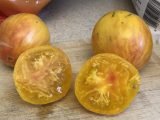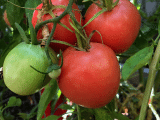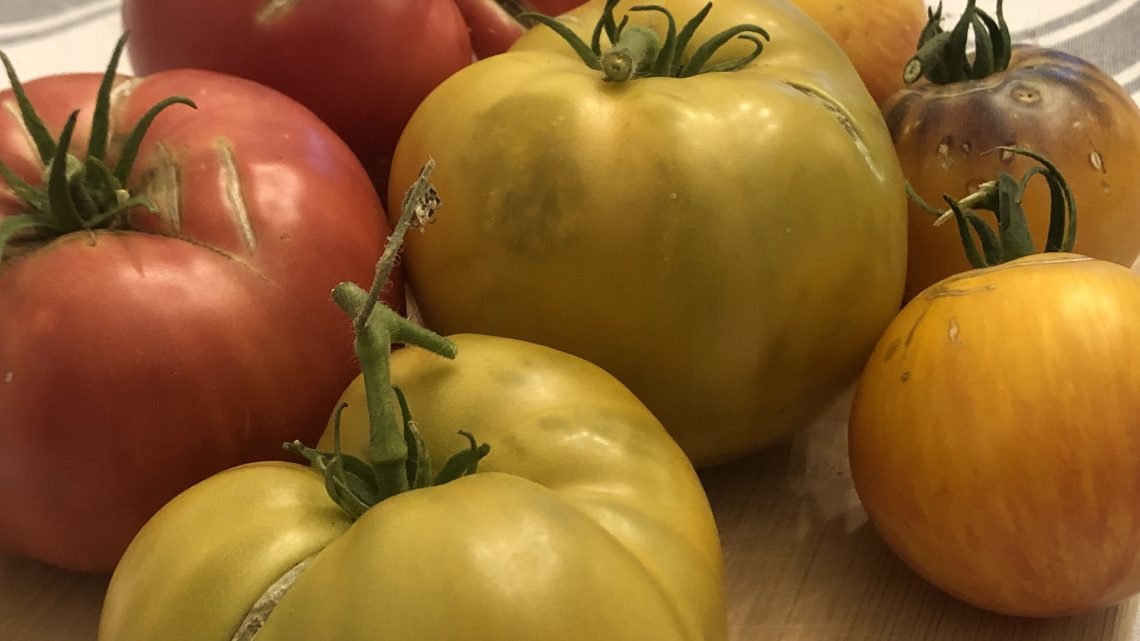
What are Heirloom Tomatoes and What Makes Them Unique?
April 5, 2023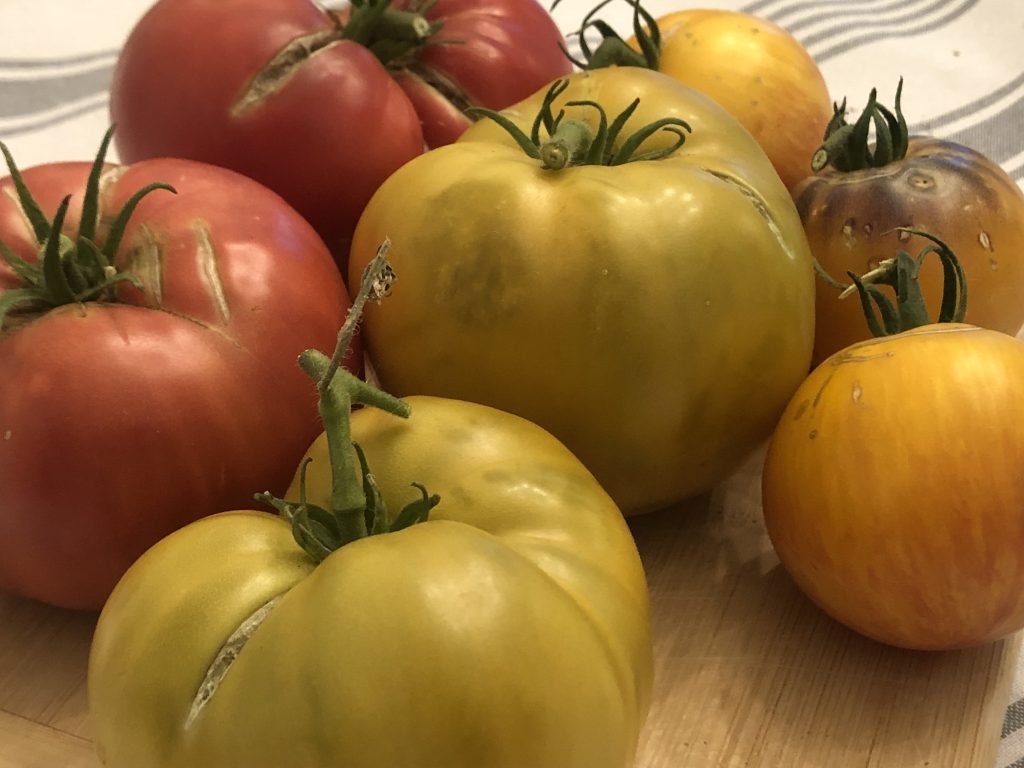
An heirloom tomato is any variety that has been collected, stored and passed down generationally while retaining the same characteristics. Heirloom tomatoes may also be referred to as “heritage” or “antique”.
The world of heirloom tomatoes can be mind boggling with literally hundreds, if not thousands, of varieties to grow. Each one has characteristics that someone, somewhere, cherished. Remember the super-flavorful tomatoes grandma sliced up in the kitchen when you were a kid? More than likely they were heirlooms.
The stories surrounding these kings of the garden are as interesting as the tomatoes themselves. Here’s a few:
- Black Krim dates back to the Crimean War (1853-1856) in what is now Ukraine and Crimea. European soldiers valued the Krim so much that they collected seeds before returning home. The seeds were passed down through families until they became more widely available in the 1990s.
- Legend has it that the seed of the San Marzano was offered as a gift to the kingdom of Naples in the 1700s by a viceroyalty of Peru. The Neapolitans promptly stuck it in the dirt at the base of Mt. Vesuvius and the rest is history. San Marzano is so world famous that the growing region outside of Naples is protected by the Italian government. Thanks, Peru!
- Goose Creek was smuggled by a Caribbean slave into the coastal Carolinas in the 1800s. Yes, you read that right, smuggled. Anyone risking punishment over a tomato seed proves there’s something very special about this variety.
- Radiator Charlie’s Mortgage Lifter was so regionally popular that it was grown and sold to successfully pay off Charlie’s mortgage on his failing radiator shop in Ohio. Quite the flavor statement.
The stories go on and on. Tomatoes with colorful histories like these create massive followings and ensure the varieties see another generation.
What Makes Heirloom Tomatoes Unique?
Heirloom tomatoes are not perfect fruits in the visual sense. Many of them are misshapen, have minor cracking issues or blemishes, but the imperfections are the real treasure. These imperfections make these fruits truly one of a kind and lend to the question: why would anyone revere such an ugly tomato?
1. Flavor
When it comes to which tomatoes to grow, let’s be honest. It usually comes down to what does it taste like? Heirloom flavors literally run the gamut, here’s a small sample:
- Smokey, complex with a hint of salt. (Black Krim)
- Citrusy-sweet with incredible tang. (Kellogg’s Breakfast)
- Lip-smacking juicy with exceptional, complex flavor. (Green Giant)
- Quintessential classic tomato flavor. (Brandywine Sudduth)
- Tangy and robust with high acid. (Green Zebra)
- Super sweet, like eating candy. (Isis Candy)
If you’re looking for a specific flavor profile I guarantee you can find an heirloom to fit. Why settle for the flavorless, unripened, grocery store tomatoes when you can slice up a backyard grown Mortgage Lifter?
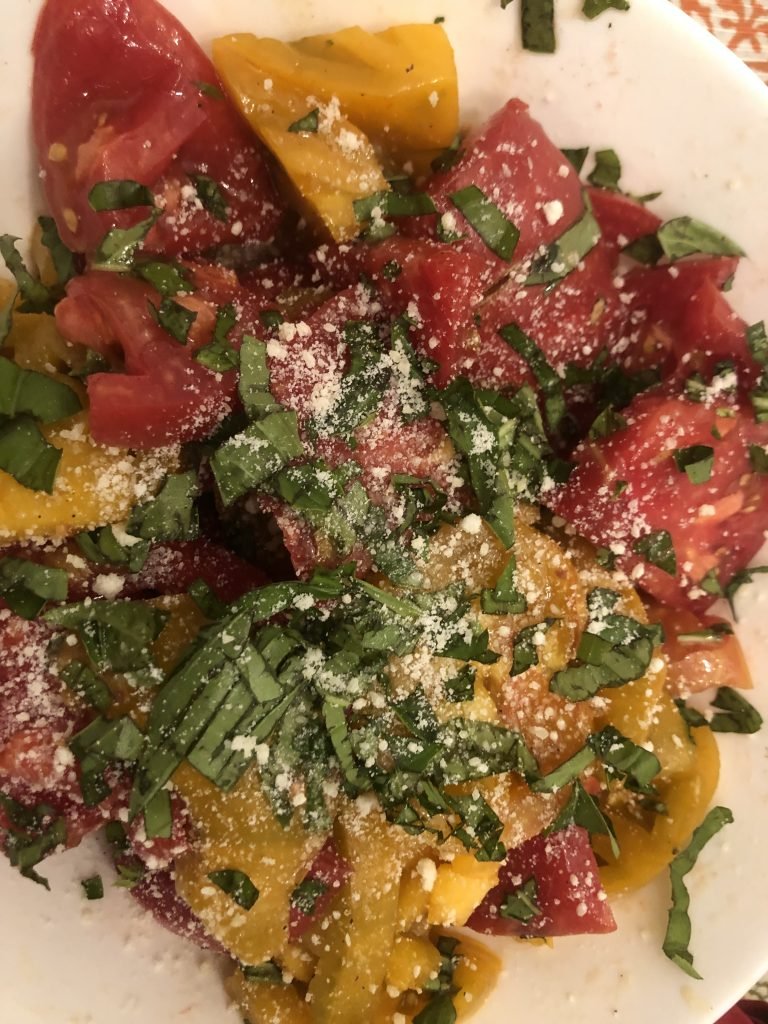
2. Color
With every color combination imaginable, do not be afraid to let color be your guide.
- Midnight Select ripens from dark purple to beautiful burgundy with gold streaks.
- Uluru Ochre is a stunning smokey-yellow slicer with a gold and blackish interior.
- A fully ripe Green Giant is beautifully bright green with a yellow tint.
- Black Krim ripens to mahogany and purple with dark green shoulders.
- Chocolate Striped Icicle appears orange with beautiful red striping
- Isis Candy becomes scarlet-red with a faint yellow star on the top.
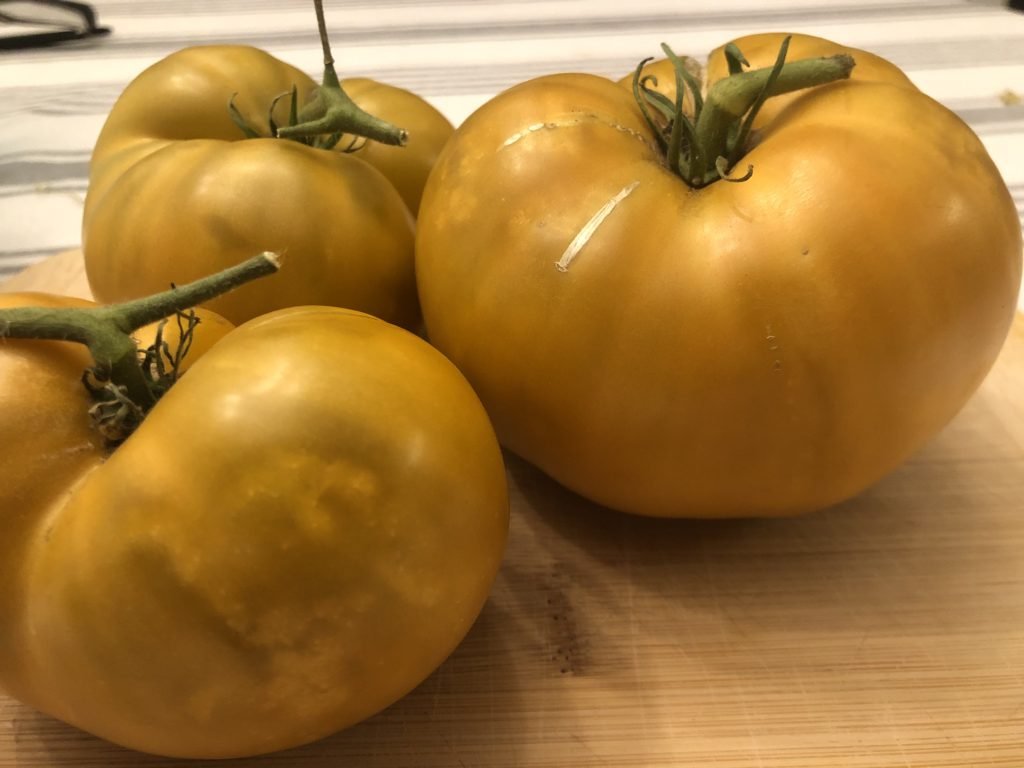
3. Shape
The variety of shapes and characteristics found in the heirloom world is half the fun of growing them. Here is a sample of tomatoes with their various shapes.
- Moskovich, perfectly round.
- Green Zebra, oblong.
- Costoluto Genovese, deeply pleated.
- Jersey Devil, shaped like a jalapeño pepper.
- San Marzano Redorta, thick and elongated.
- Beams Yellow Pear, obviously pear-shaped.
- Brandywine Sudduth, lobed with four quadrants.
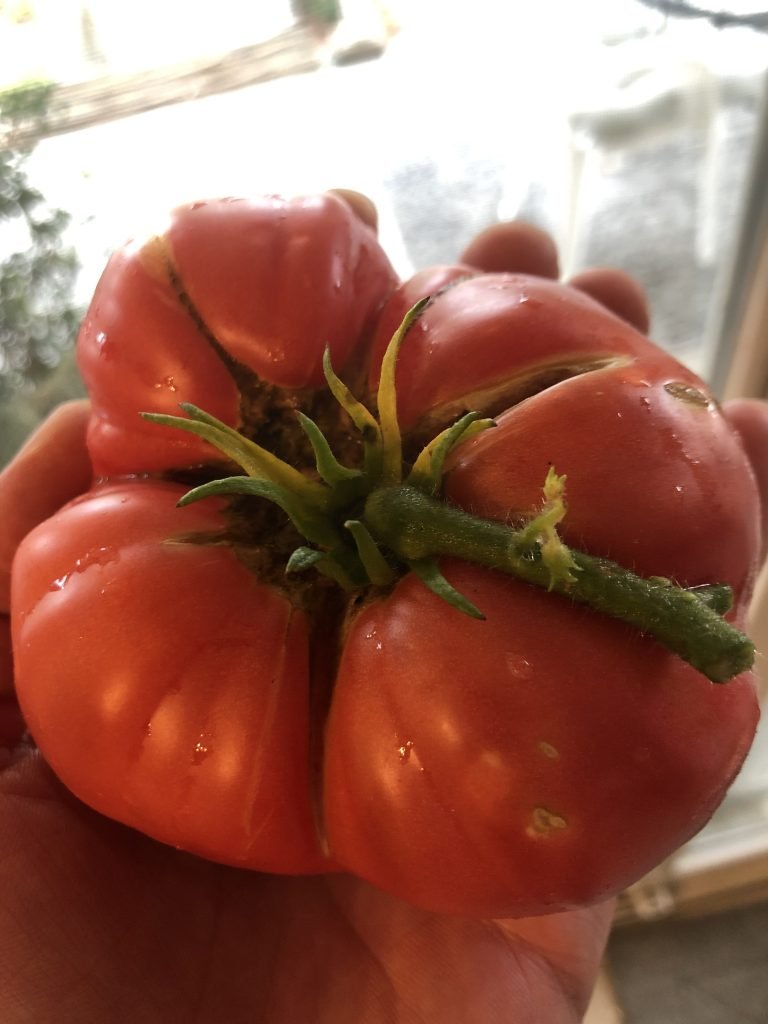
4. Preserving our Past
Unfortunately, many heirloom fruits, vegetables and flowers have gone extinct over time due to a lack of seed saving and sharing. Heirloom tomatoes, like any heirloom, have a history to tell. They serve as footnotes bringing us back to a specific time, place or event in our lives. If you find that variety that you simply cannot live without, save the seeds and share them to ensure your favorite variety lives on. Your great-great-great grandchild, 100 years from now, may thank you.
The idea of growing heirloom tomatoes is exciting. Doing it successfully can challenge any backyard gardener for a few reasons:
1. Regionally Acclimated
Certain varieties originate from cooler coastal regions or areas of the world, (talking to you Siberia and Alaska). As a result, they may struggle in Denver’s hot, dry summers and mile-high altitude. Other varieties may have 90+ day maturity dates which affects the amount of juicy-fruit you’ll enjoy when our temps cool in late August/early September. Some super-large slicers won’t reach their full potential without warm nights and humidity. Consider these things when selecting what varieties to grow.
2. Disease Resistance
Let’s face it, the world is full of disease and little pests that carry disease. Unfortunately, a lot of heirloom varieties lack resistance to many of these diseases, so the backyard gardener must remain vigilant in caring for them. Don’t let this scare you away. Most disease and pest issues stem from improper watering practices which stress the plant. Read my post on watering practices to help get your tomatoes off to a healthy start and keep them that way. If you’ve had pest or disease problems in the past take note that there are varieties with wonderful disease resistance, so don’t be afraid to ask for suggestions.
3. Days to Ripen
This is an important decision for the Colorado gardener. There are numerous heirloom varieties that can reach 2-3 lbs. in size but these monsters also typically come with 90-100+ days to maturity. If you plant in mid May, which is too early to plant tomatoes in Denver, you’re talking late August/early September at the earliest! There are plenty of varieties with maturity dates between 50-80 days. These are the ones you should shop for. Be mindful of maturity dates and plant accordingly.

4. Availability
Let’s say you taste an Isis Candy tomato in a salad at a barbecue. You love it that much and must grow it next year. The big-box stores and local nurseries carry heirlooms, but they generally only offer the most popular ones. Now you’re faced with the proposition of tracking it down online and growing it yourself. Suddenly your hankering for Isis Candy has become the itch that cannot be scratched so easily.
More sources are popping up online to purchase highly desirable heirloom seeds. Even the big-box stores have started offering a few varieties. That’s good news on the availability front. Better yet, perhaps you’re lucky enough to live in the Denver area. If you do, we hold our annual heirloom plant sale each spring, typically the first weekend in May. Keep an eye on my blog for varieties, sale dates, times and location. FYI… we typically offer Isis Candy at our sale.
Happy gardening.
